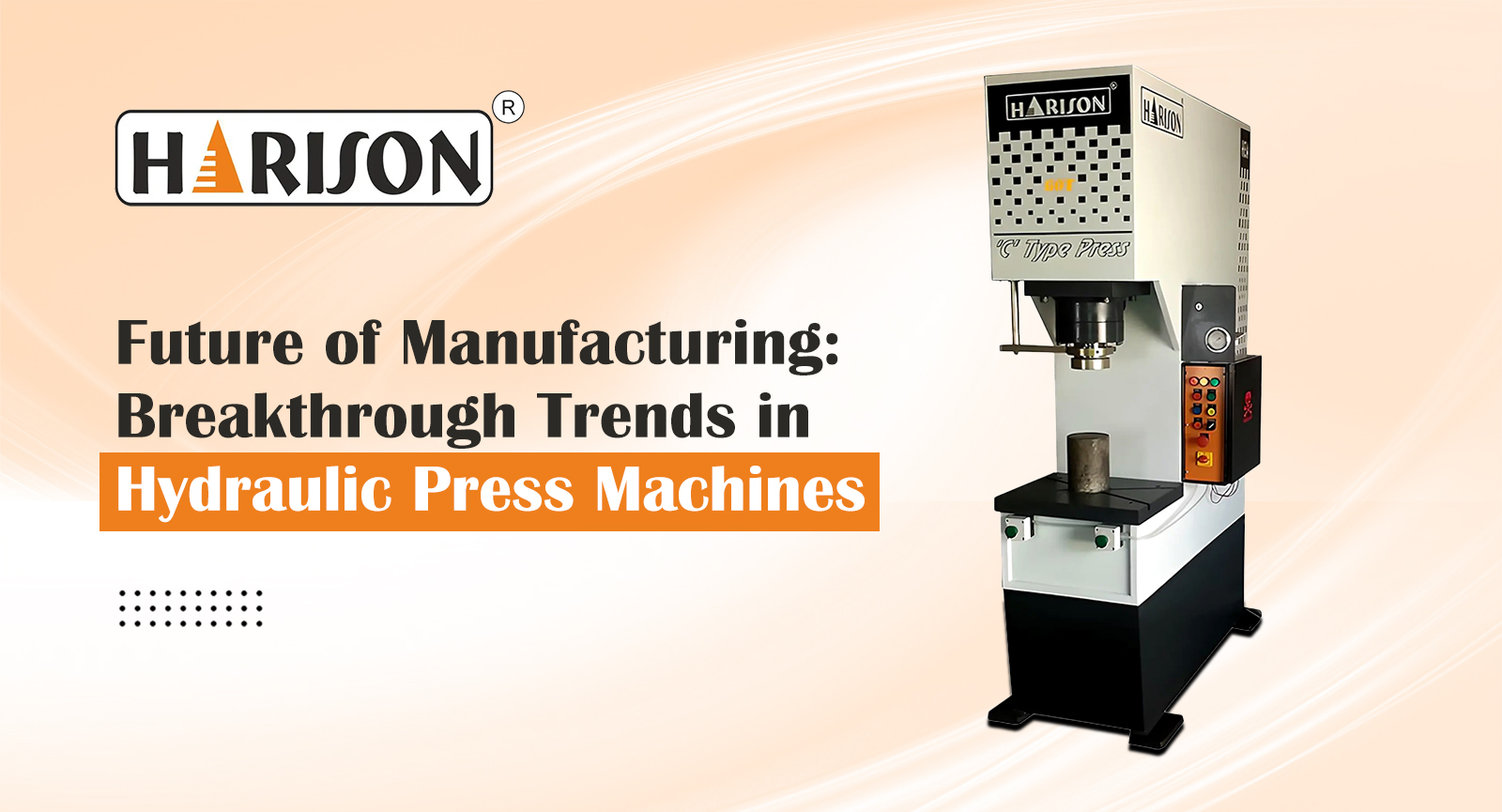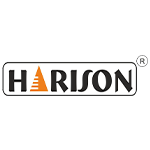Future of Manufacturing: Breakthrough Trends in Hydraulic Press Machines
With the technology advancements, the manufacturing business is rapidly evolving. Hydraulic press machines are valuable in the manufacturing sector as they are versatile. This blog discusses the role of hydraulic presses in the manufacturing sector and the emerging trends influencing their design and use.
An Overview of a Hydraulic Press Machine!
A hydraulic press is a machine that employs liquid as its working medium and is designed according to Pascal’s concept to transfer energy and carry out numerous activities. The hydraulic press machine is typically made up of three parts: the machine (host), the power system, and the hydraulic control system. Hydraulic presses are divided into three categories: valve hydraulic presses, liquid hydraulic presses, and engineering hydraulic presses.
Working Principle of Hydraulic Press Machines
The basic principle is that the oil pump transports hydraulic oil to the integrated cartridge valve block, then distributes it to the upper or lower cavity of the oil cylinder via each one-way valve and relief valve, causing the oil cylinder to move under the action of high-pressure oil. It is a gadget that transmits pressure through liquid. Liquids obey Pascal’s law when transmitting pressure in a closed container.
Hydraulic Press Machine Applications
There are a variety of hydraulic press drive systems available. The key benefit of utilizing this gadget is that it automatically increases or decreases pressure based on the amount of labor force necessary. It can also help reduce electrical energy use. It is also useful in larger hydraulic presses.
This equipment is ideal for bending, shaping, flanging, and other activities involving central load sections. When fitted with a punching buffer device, it may also be utilized for punching and blanking operations.
It is used to draw, tumble, bend, and stamp sheet metal pieces, as well as for basic pressing activities. Devices such as punching buffers, punching, and shifting worktables can be implemented based on user requirements.
Emerging Trends in Hydraulic Press Machines
Automation and Robotics: Integrating collaborative robots (cobots) for material handling, tool change, and quality checks would enhance press brake versatility.
Smart technology: IoT sensors and AI-driven analytics enable real-time monitoring, predictive maintenance, and process optimization.
Energy Efficiency: Many hydraulic press machine manufacturers recommend using servo-hydraulic systems and energy recovery techniques to improve energy efficiency and promote sustainability.
3D and Multi-Function Machines: Press brakes would be able to bend and produce complicated forms, which avoids the need for many equipment.
CNC Integration: CNC integration allows for accurate, repeatable operations and project customization that increase productivity and reduce waste.
Industry 4.0 Integration: Hydraulic presses will combine with Industry 4.0 technologies such as IoT, AI, and big data analytics to improve real-time monitoring, predictive maintenance, and process optimization.
Conclusion
The hydraulic press is a critical component of industrial activities. It is frequently used to shape and compress metals. Hydraulic press machines may be customized to fulfill the particular requirements of every business. Hydraulic presses have evolved in response to wider industrial trends. These presses will continue to be at the forefront of manufacturing innovation.


